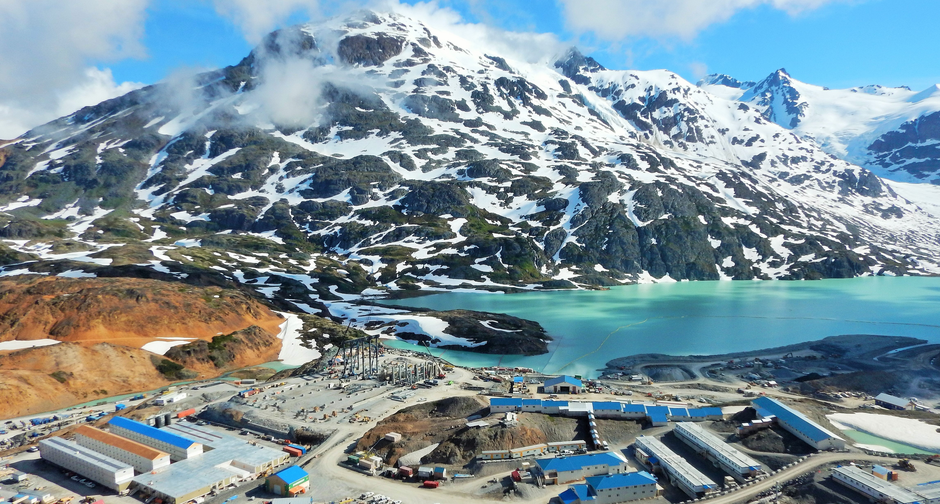
Pretium Resources Inc.’s Brucejack underground, high-grade gold mine, located in northwestern British Columbia, Canada, started commercial production in 2017. Pretium challenged Veolia Water Technologies Canada to provide a wastewater treatment plant to remove Total Suspended Solids (TSS) and some heavy metals from their new gold mine effluent by using as little land space as possible while producing a solid waste.
Environmental challenges
Veolia was approached by Pretium in 2014 to assist for the permit request with all government instances, to supply a temporary plant used for the exploration and construction phases and ultimately, a permanent mine water treatment plant to be used once the mine is in operation.The project brought its own set of challenges, mainly due to the location of the mine.Indeed, with the mine situated near a glacier, the treated water criteria are very stringent. With no road or air access, the site is only accessible by using a Husky tracked vehicle to cross the glacier.
The available space at the site being very limited, Pretium was unable to find space to build a pond for primary decantation, which meant that the TSS in wastewater was correspondingly potentially very high. Space constraints also meant that the treatment chain needed to be as compact as possible.
Optimized technological solution
The permanent effluent treatment system, started-up in 2017, consists of several Veolia proprietary technologies which were selected for their robustness and compactness, starting with the Actiflo® high-rate ballasted clarification process for primary metals removal. The water is further polished by a highly-efficient Hydrotech™ Discfilter, which gives added insurance in meeting very stringent discharge criteria. A centrifuge was installed to dewater the water treatment sludge. The inlet flow is between 3,200 and 6,000 m3/d.
Veolia has been operating the plant for more than two years. TSS concentration at the treatment inlet was much higher than expected during design.
As the construction activities increased, the TSS increased gradually to eventually exceed 10,000 mg/L. Even given this, the Actiflo® effluent quality was better than required with an average TSS at the Actiflo outlet around 8 mg/L.
The Hydrotech™ Discfilter, acting as polishing after the Actiflo, was able to decrease the TSS even further, with an average of less than 2 mg/L .
This mining application demonstrated that the Actiflo can operate with much higher TSS than normally believed, and is still operating with no degradation of performance with TSS at more than 10,000 mg/L.
New heights for sand ballasted decantation
One of the perceived weaknesses of sand ballasted decantation is the relatively low solid content of the produced sludge. Pretium requested that Veolia produce a sludge that could be dry stacked with over 30% solid. Given the space requirement constraints, the use of a conventional thickener was not possible. The sludge was first thickened by recycling part of the slurry produced by the Actiflo upstream of the process.
To achieve the sludge requirements, Veolia provided an Andritz centrifuge to dewater the sludge. With a judicious choice of polymers, the sludge solid content was increased from 1.9% to 47% on average. The cake produced by the centrifuge was much better than required, while maintaining 24/7 operation and no significant downtime except for normal preventive maintenance.
Veolia was able to meet Pretium’s expectation by building a compact and efficient mine water treatment plant. The two years of operation data collected on this project have proved the robustness of the equipment used. The treatment chain used on the project was able to handle more than 10,000 mg/L TSS and to deliver clarified water at less than 10 mg/L while producing sludge at well over 40% solid.


